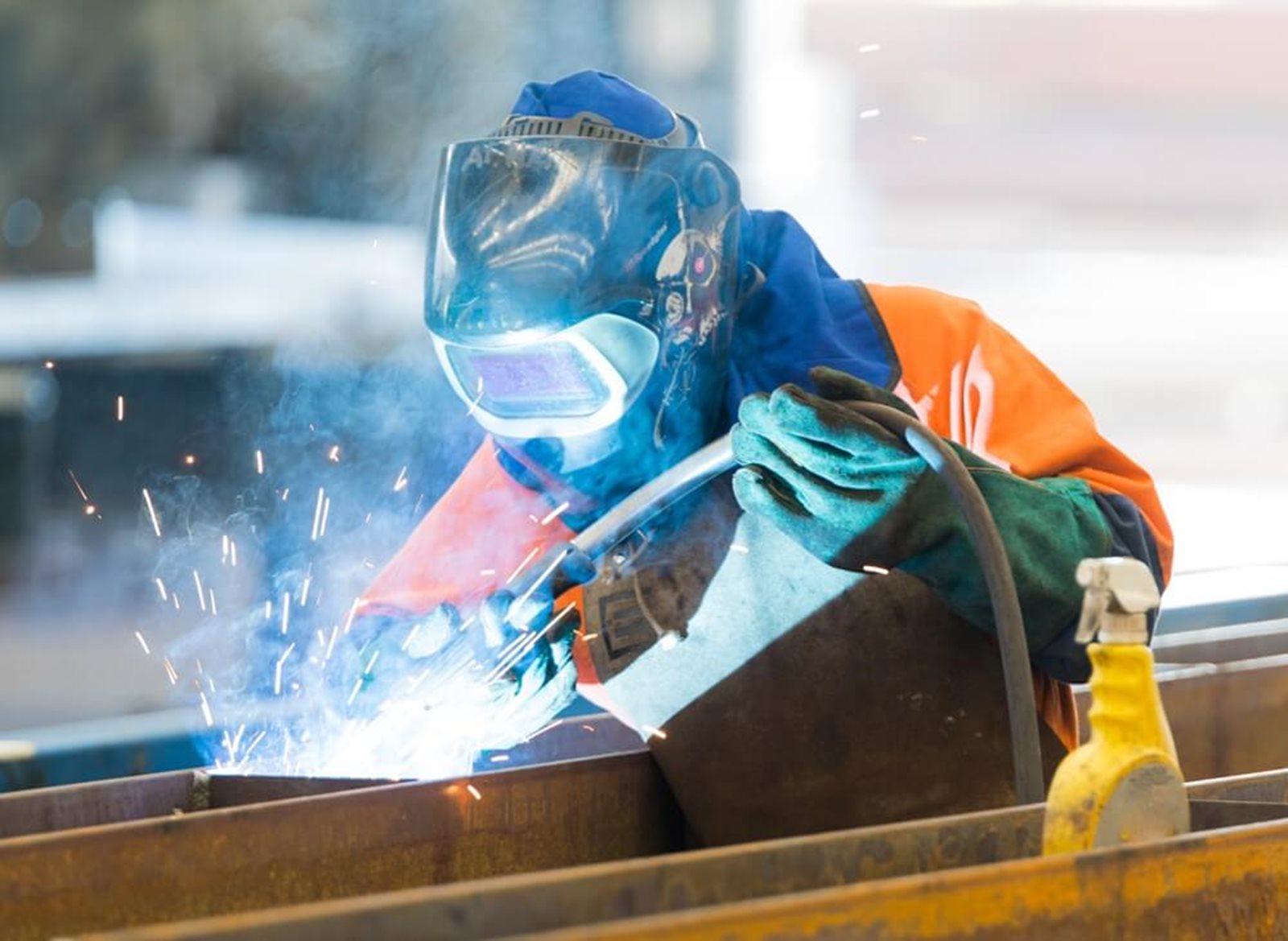

Researchers at Curtin University and the University of Sydney are conducting a project on welding fumes. The project is funded by the NSW Centre for Work Health and Safety. The overall aim of the project is to provide much needed information about how common exposure to welding fumes in Australian workplaces is, the level of that exposure, and how the exposure can best be prevented or reduced. The study also aims to provide an in-depth understanding of the harms associated with exposure to welding fumes.
The study has five main parts and will cover research stages including:
The information collected through this project will be used in developing an intervention to reduce worker exposure to welding fumes. This intervention is planned to be made available to all workers in Australia exposed to welding fumes. The ultimate aim of this project is to reduce exposure to welding fumes in Australian workplaces, which in time should lead to a decrease in the associated ill health that can arise from exposure to welding fumes.
For the field measurement component of the study, which is expected to commence in April / May 2022, the research team is seeking to identify fabrication businesses that may be interested in participating. Participation in this aspect is voluntary and would typically involve having an occupational hygienist visit the work site for one shift to gather data on fume exposure.
At the invitation of the NSW Centre for Work Health and Safety, the ASI has become a member of an industry reference group that is periodically invited to comment on the research team work plan. If you have any feedback on this overall initiative, we will ensure this is shared with the research team.
If there are any comments or questions regarding the industry reference group, or relating to possible interest in participation in the field exposure monitoring activity, please direct these to David Varcoe, State Manager NSW/ACT davidv@steel.org.au
In 2017, the International Agency for Research on Cancer (IARC), part of the World Health Organisation that coordinates and conducts research into the causes of human cancer, determined there was enough evidence to upgrade the carcinogenic status of welding fumes. In response to that determination, the IARC reclassified the carcinogenic status of welding fumes from Group 2B Carcinogen (possibly carcinogenic to humans) to Group 1 Carcinogen (carcinogenic to humans).
More information on the research project can be found at:
https://www.centreforwhs.nsw.gov.au/Projects/current-projects/welding-fume-harms